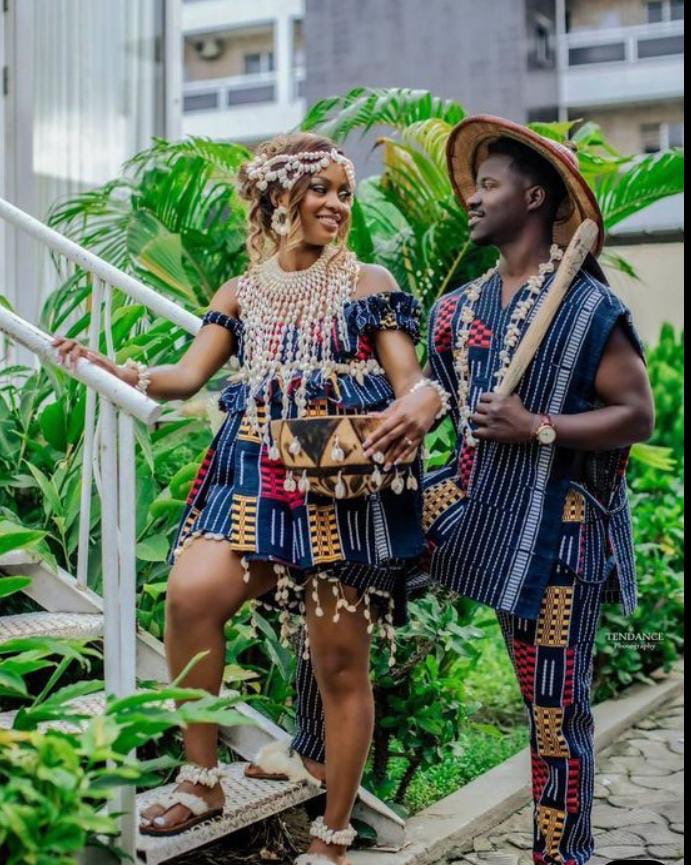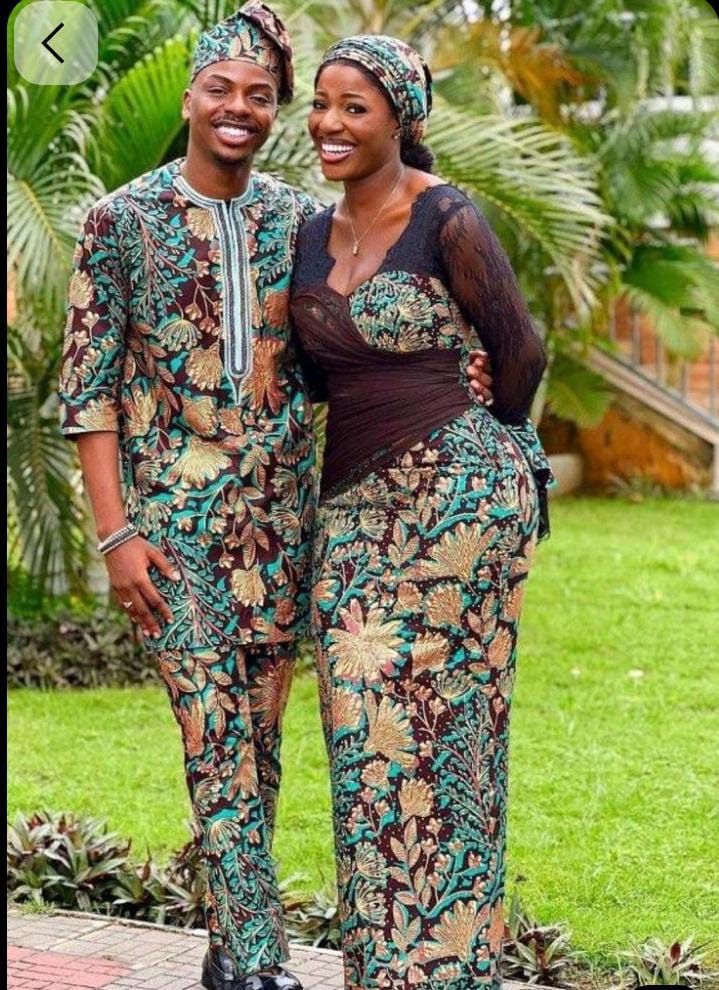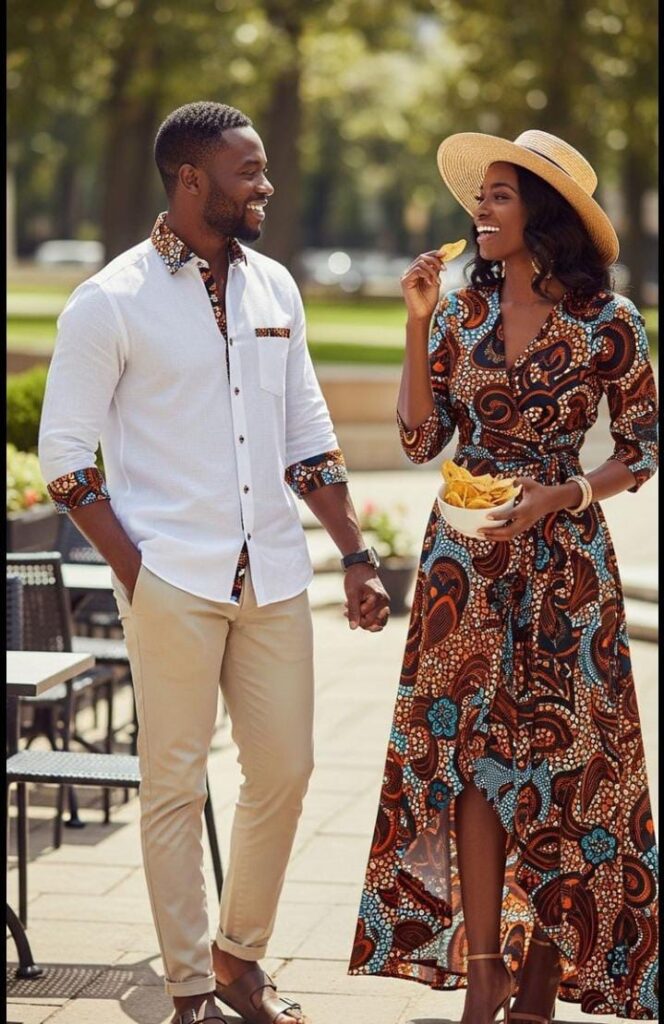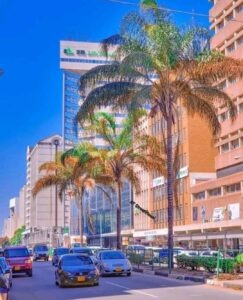From Runways to Streetwear – The Rise of Afrocentric Fashion
4 min read
Feature – In recent years, the global fashion scene has witnessed a bold renaissance – a movement that transcends fabric and threads, carrying with it a narrative of heritage, pride, and modern identity.
At the heart of this shift is Afrocentric fashion, a style revolution that unapologetically embraces African textiles, colors, and cultural motifs.

From international runways in Paris, Milan, and New York to bustling streetwear scenes in Harare, Lagos, and Johannesburg, African fashion is not only being worn – it is being celebrated.
Afrocentric fashion is far more than a fleeting trend. It is a cultural expression born from centuries of African creativity, resilience, and storytelling.
Textiles such as kente from Ghana, Ankara from West Africa, and batik, with its rich ties across the continent, have become global symbols of African heritage.
These fabrics carry meanings embedded in their patterns, colors, and production methods. Kente, for instance, is traditionally handwoven and historically worn by royalty, with each color symbolizing concepts like wealth (gold), purity (white), and vitality (green).
Ankara, with its bold wax prints, speaks of community, vibrancy, and modern African aesthetics, while batik tells a story of artisan craftsmanship passed down through generations.
In Zimbabwe, designers are increasingly drawing from this continental tapestry to craft pieces that resonate both locally and internationally.

Harare’s bustling creative districts and Bulawayo’s growing fashion hubs are now home to labels that blend traditional African motifs with contemporary tailoring.
One name that continues to rise is Tapfumanei Moyo, founder of House of Moyo, a fashion house known for its intricate use of hand-dyed batik fused with modern silhouettes.
“Our fabrics speak a language that has existed long before modern fashion weeks,” says Moyo.
“When a client wears a batik-inspired jacket from Zimbabwe, they are wearing a chapter of African history.”
Similarly, Ruvimbo Chitsinde, the creative force behind Ancestral Aesthetics, has made waves for her use of kente-inspired paneling and upcycled Ankara fabrics in ready-to-wear street collections.
Her designs have graced both the Zimbabwe Fashion Week and international showcases in South Africa and the UK.

“Streetwear is our new runway,” Chitsinde explains. “It is on the streets where the youth reclaim their identity, mixing sneakers with traditional wraps and creating something authentically African.”
The shift towards Afrocentric fashion has not gone unnoticed by global industry giants.
International brands are increasingly collaborating with African designers or seeking inspiration from African prints.
At the 2024 Paris Fashion Week, several collections incorporated African textiles – but crucially, the focus is now on authentic partnerships and fair recognition.
Gone are the days when African aesthetics were used without crediting their origin.
Designers like Zimbabwe’s David Mandaza have been vocal about protecting African intellectual property in fashion.
His advocacy has helped spark conversations on the need for African-owned fashion councils and trademarking of traditional prints.

Perhaps the most exciting arena for Afrocentric fashion today is streetwear.
In cities like Harare, the combination of jeans, sneakers, and a kente bomber jacket is more than just style – it is a statement.
It reflects the new African youth culture – bold, hybrid, and globally aware yet rooted in ancestral pride.
Social media platforms such as Instagram and TikTok have become runways of their own, with Zimbabwean influencers showcasing their Afro-street styles under hashtags like #MadeInZim, #WearAfrican, and #KenteVibes.
Local streetwear brands such as Mbare Culture and Ubuntu Wear have leveraged this trend, selling out collections that mix denim with Ankara patches or create hoodies emblazoned with Shona and Ndebele proverbs.
The message is clear: being fashionable and being African are no longer separate – they are intertwined.
The rise of Afrocentric fashion is not only a cultural phenomenon; it is also a significant economic opportunity for Zimbabwe and Africa as a whole.
According to the African Development Bank, the African fashion industry has the potential to generate billions in revenue annually, creating jobs from textile production to retail.
For Zimbabwe, with its rich cotton-growing regions and skilled tailors, this represents a chance to revive local industries while exporting culture to the world.
First Lady Dr. Auxillia Mnangagwa’s Gastronomy and Cultural Festivals have also played a role in this resurgence by showcasing traditional fabrics alongside local cuisine.
Despite its growth, Afrocentric fashion faces challenges. Counterfeit fabrics, mass production of fake Ankara prints from non-African countries, and lack of structured fashion education in Zimbabwe have slowed progress.
Many designers lament the high cost of authentic textiles and limited government incentives for the creative sector.
However, initiatives like the Zimbabwe Fashion Council and partnerships with regional textile producers are working to create sustainable supply chains.
More young designers are also embracing digital tools, selling online, and building international customer bases without needing physical boutiques.
As Afrocentric fashion continues to enter mainstream markets, one question remains – will it maintain its authenticity?
Industry leaders urge African nations to develop intellectual property protections and resist the dilution of cultural motifs for profit.
“It is not just about putting African prints on clothes,” says fashion historian Thandiwe Murwisi. “It is about respecting the stories behind each pattern, each weave, each dye.”
For Zimbabwe, the key lies in nurturing homegrown talent and supporting designers who use African textiles not as decoration, but as a cultural voice.
From Harare’s emerging fashion runways to the global streets of New York and Tokyo, Afrocentric fashion is rewriting the rules. It is no longer niche; it is a movement – a reclaiming of narrative, a celebration of African identity, and a lucrative industry in the making. Zimbabwean designers, with their blend of tradition and innovation, stand poised to shape the continent’s contribution to the global fashion story.
As the youth embrace their roots and the world finally turns its gaze to African creativity, one thing is certain: the rise of Afrocentric fashion is not a passing phase – it is the beginning of an era where Africa dresses itself, tells its story, and sells its image to the world on its own terms.
——————————————
Zim Global Media News 🗞️
an Afrocentric Voice







